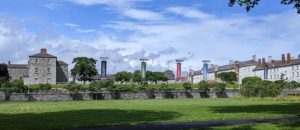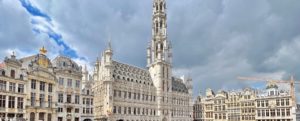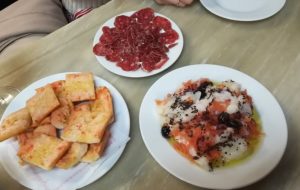Staff Corner: Michelle's little remote hamlet
Current location: Rural Dublin, Ireland
Cara's question to Michelle:
During your hike on the Camino, what was the most memorable moment which, although I’m sure made you stronger, you’d be happy to forget or maybe not relive?
That’s a big question, and one that I don’t share lightly. For those of you who don’t know about the Camino de Santiago, there are many routes one can walk. The Camino Frances, or the French Route, rather, if you do the “full thing”, it’s about an 800 km trek from a town in France at the base of the Pyrenees, to the city of Santiago de Compostela.
The French Route takes you on a lot of different terrains, and it’s said it takes you in three phases. It starts with the physical phase, as your body is getting used to the hard, strenuous walking, with a pack on your back going through different types of weather, all day, every day. You start with the high, difficult mountains of the Pyrenees and that lasts about a week and a half (or more, depending on how far you walk in a day).
The next phase is the mental phase, where your body is getting used to this new routine, and then your mind has a chance to catch up. The terrain is called the Meseta, and it’s long and straight and flat. And your brain can absolutely get to you. The importance of chatting with humans and eating chocolate cannot be underestimated here, because many have the tendency to withdraw into themselves and that can be very tough. I was lucky, I had formed a little Wolff Pack, as we called ourselves, at that stage, so we stopped often to chat and eat and keep ourselves sane.
The third and final phase is the spiritual phase, because as the terrain shifts up again, as does your mood, and different types of thoughts enter your head. You’re nearly there, what have you learned? What have you lost, or gained? Have you accomplished your tasks? How will you feel when you arrive? To answer Cara’s question, probably my biggest moment came at the beginning of this phase. The Meseta had ended and the altitude was literally in front of us. We were approaching the Cruz de Ferro, the iron cross, the highest point on the French Route, where pilgrims traditionally would carry a stone to represent a burden or sin that they wanted to release by having made this journey. I had mine, as did the rest of my friends. I didn’t realise what it was before I walked, but it quickly came to me in the early days of the Way.
The day we approached it started off clear and bright, but as we climbed, each individually on this day rather than as a pack, the weather got colder, bleaker and wet, until it was a full on snowstorm. To make the final climb to the cross, in the frigid, windy weather, ankle deep in snow, with my pack on my back, was very, very difficult. I saw one friend there and waited for him to leave before I approached. I was crying and feeling all of the feels from what I was hoping to leave behind. When I thought my friend was gone, I plowed forward, but then saw him sitting on the stone mound at the base of the cross as I approached. There was no turning back, so I climbed the mound, lay down my stone, fell to my knees and cried. We sat there until we’d a few centimetres of snow on us, then he helped me up and we started our descent down the mountain. By the time we got to our intended destination, the snow was gone and the sky was bright. Something changed in me that day. The fog I brought with me was lifted, and I’ve never looked back.
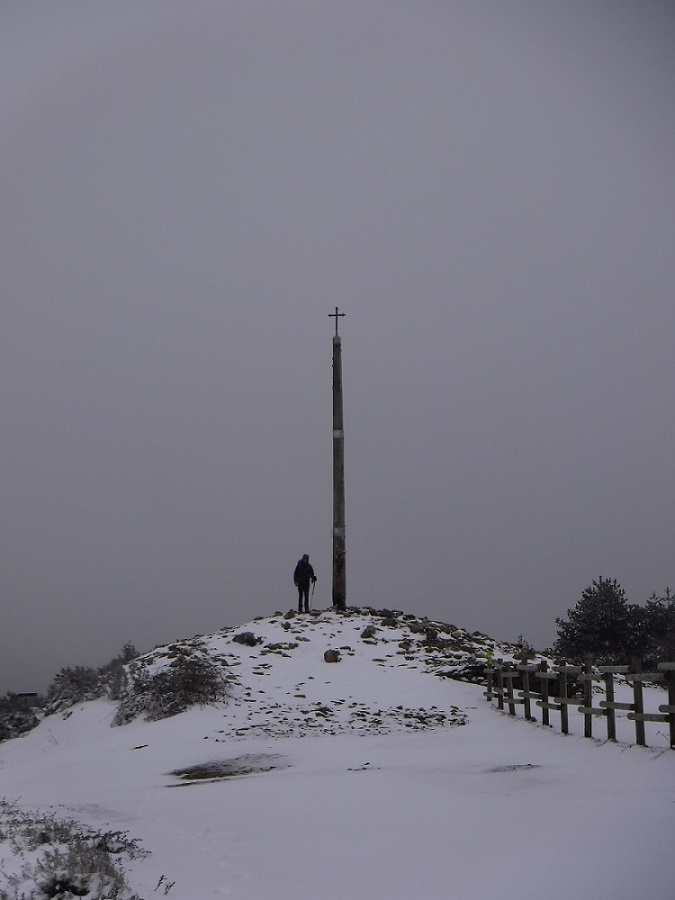
Cruz de Ferro
“Travel isn’t always pretty. It isn’t always comfortable. Sometimes it hurts, it even breaks your heart. But that’s okay. The journey changes you; it should change you. It leaves marks on your memory, on your consciousness, on your heart and on your body. You take something with you. Hopefully, you leave something good behind.”
Anthony Bourdain
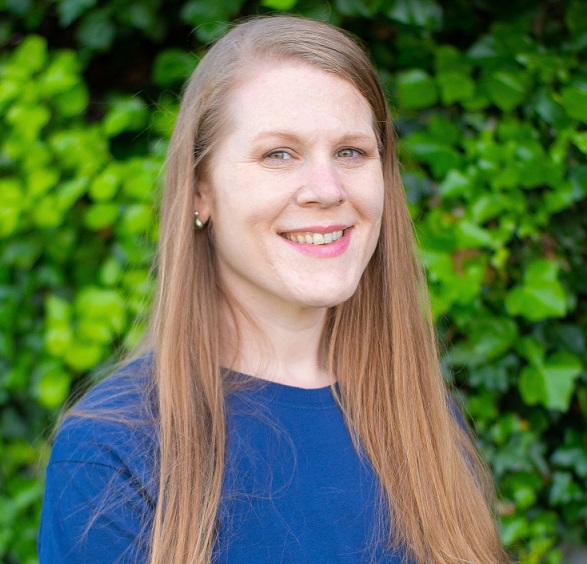
How To Get In Touch
If you want to talk to me about internships or study abroad, please email me today to set up a call.


